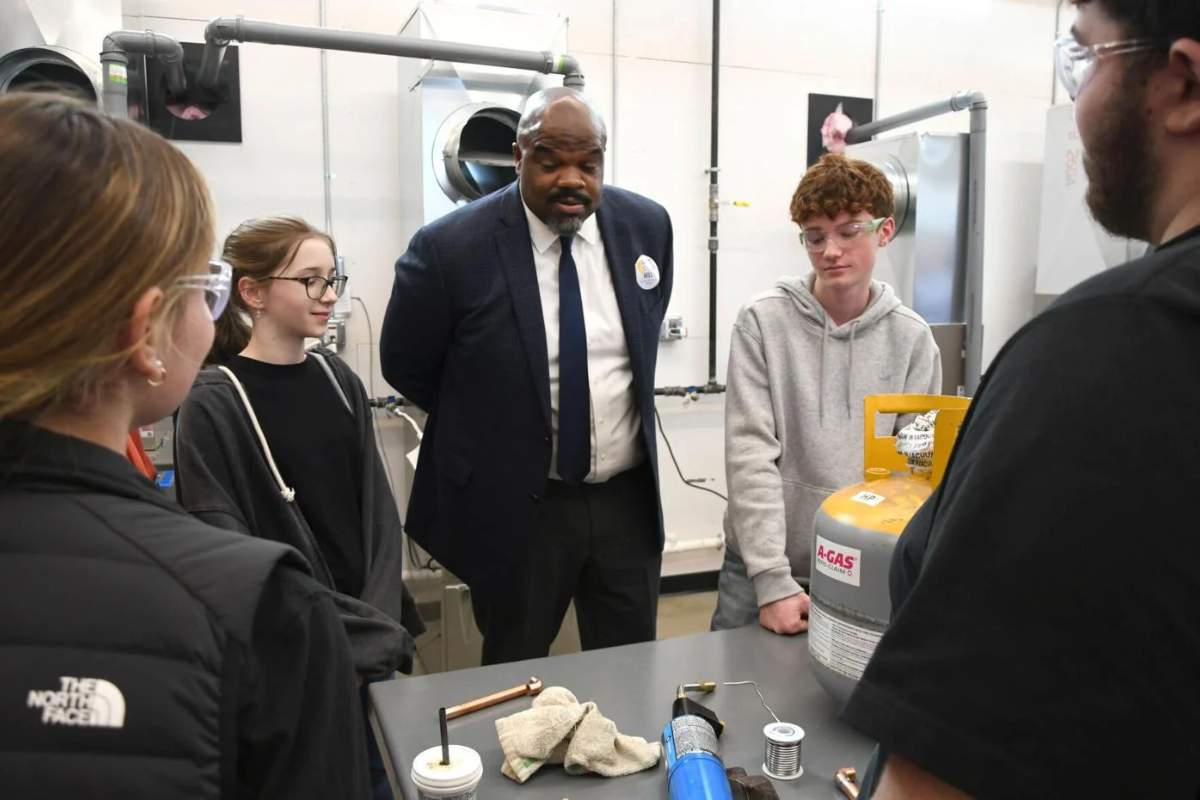Living in a world where the pressing issues of climate change demand our attention, the significance of education goes beyond conventional limits. Recognizing the need to instill a profound comprehension of climate change, there’s a paradigm shift—a ground-breaking approach to incorporating climate education into every subject. This narrative explores the impactful essence of intertwined teaching of climate change throughout diverse disciplines, aiming not just for environmental awareness but also for the cultivation of responsible and knowledgeable global citizens.
As we navigate through this educational revolution, the goal is to empower individuals not only to grasp the urgency of climate action but also to actively contribute to a sustainable and harmonious world.
The Cross-Curricular Approach:
1. Science: Unveiling the Science of Teaching Climate Change

In science classes, students explore the fundamental principles behind climate change, delving into topics such as greenhouse gases, the carbon cycle, and the impact on ecosystems. Hands-on experiments and real-world examples enhance their comprehension.
2. Mathematics: Crunching the Climate Numbers
Mathematics has become a powerful tool to analyze climate data. Students engage in activities like calculating carbon footprints, analyzing temperature trends, and graphing environmental changes, fostering quantitative skills with a purpose.
3. English Language Arts: Narrating the Climate Story
Literature becomes a medium to tell the climate story. Students analyze climate-related texts, write persuasive essays on environmental issues, and explore eco-poetry, instilling empathy and encouraging effective communication.
4. Social Studies: Navigating the Socioeconomic Impact
Social studies classes tackle the socioeconomic dimensions of climate change. Students examine the historical context, geopolitical implications, and the disproportionate impact on vulnerable communities, fostering a global perspective on environmental justice.
5. Art: Expressing Environmental Consciousness
Art classes channel creativity into environmental activism. Students create eco-friendly art, explore environmental installations, and use visual arts as a medium to convey the beauty of nature and the urgency of conservation.
6. Physical Education: Wellness for Individuals and the Planet
Physical education takes on a holistic perspective, emphasizing the connection between personal health and the health of the planet. Students explore sustainable practices, outdoor activities, and the impact of teaching climate change on sports and recreation.
7. Technology: Harnessing Innovation for Sustainability

Technology classes become platforms for innovation in sustainability. Students explore green technologies, develop apps for environmental awareness, and learn about the role of technology in mitigating climate change.
Also Read: Embracing the Climate Change: An Interdisciplinary Journey in Education
Benefits of Teaching Climate Change:
1. Holistic Understanding
Teaching climate change in every subject fosters a holistic understanding of its multidimensional nature. Students connect the dots between scientific concepts, societal impacts, and personal responsibility.
2. Critical Thinking
Integrating and teaching climate change across disciplines promotes critical thinking skills. Students learn to analyze information, evaluate evidence, and form well-informed opinions on environmental issues.
3. Global Citizenship

The cross-curricular approach cultivates a sense of global citizenship. Students recognize their role in an interconnected world, understanding that climate change is a global challenge that requires collective action.
4. Empathy and Responsibility
Literature and social studies components encourage empathy for those affected by climate change. Students develop a sense of responsibility towards the planet and its inhabitants, motivating them to be agents of positive change.
5. Practical Application
Mathematics and technology components provide practical skills for addressing climate change. Students graduate with quantitative literacy and technological proficiency to contribute to sustainable solutions.
6. Environmental Stewardship
Art and physical education segments instill a sense of environmental stewardship. Students become not only advocates for change but also active participants in preserving the planet’s natural beauty.
Conclusion
Embarking on the journey toward a sustainable future, the strategy of incorporating and teaching climate change education into every subject illuminates the path forward. This comprehensive integration across disciplines not only disseminates knowledge but also molds a generation endowed with critical thinking, empathy, and the essential skills needed to confront the intricate challenges posed by climate change.
In the evolution toward a green classroom standard, educators play a pivotal role in establishing the groundwork for a society that not only comprehends the pressing need for climate action but actively participates in crafting a world that is both harmonious and sustainable. This paradigm shift signifies more than just an educational approach; it’s a transformative force shaping the mindset and actions of individuals poised to make a positive impact on the future of our planet.










